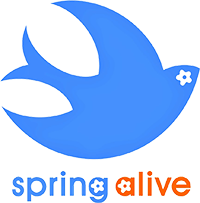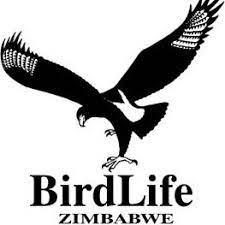Nature Quest
Activity #20NATURE QUEST ACTIVITY
Do a Wildlife Survey

There are many creatures out there and we really need to know how many they are, where they are and whether their numbers are going up or down.
It’s a very big job. Be a part of something big and give them a hand.
There are so many kinds of wildlife that you can count, ranging from birds and bugs to mammals, and so many organisations that need your help with their surveys. Become a citizen scientist and assist in collecting wildlife related data.
We’ve listed a few here to get you started, including Birdlife Zimbabwe’s Garden Bird Survey and Waterbird counts, held each year in January and July.

Did you know 2019 marked the 50th year that game counts have conducted for the Hwange Game Count?
EQUIPMENT NEEDED
Wildlife surveys are fairly easy and often require little more than sharp eyes and some patience. But here are a few other things that may come in handy:
- Pen
- Paper
- Magnifying glass and/or binoculars
- ID guides
- Roberts Waterbird Booklet
- Enjoy the Birds of Zimbabwe (Nakidzwai neShiri DzeZimbabwe booklet)
STEP BY STEP GUIDE
1. Choose a survey that you’d like to help with. The Garden Bird Survey is a great place to start but here are some others you might like to try that can be done in your school grounds or wider green spaces:
2. Waterbird Counts www.birdlifezimbabwe.org
3. Game Counts
Read the instructions very carefully and then follow them exactly. This is important – if everyone who takes part does this, we’ll receive the most useful information. Don’t worry if what you’re being asked to do sounds a bit odd, the scientists know what they’re doing!
Remember to send off your results as soon as you can and have fun! And then do another survey!
Sites in Harare where you could do this activity:
- Mukuvisi Woodlands
- Haka Park
- Monavale Vlei
- Lake Chivero
Other sites:
- Matopos, Bulawayo
- Cecil Kop, Mutare
- Gosho Park, Marondera
If there aren’t any places with wild game near you, try with the ‘small stuff’ on your turf.
ASSOCIATED GAME

Woolly Worms
This game encourages children to look closely and think about how animals use colour to their advantage. Before the session begins distribute strands of wool over some bushes. Use 4 or 5 colours, and approximately 20 of each colour. The pupils are then divided up into three groups and told to collect as many worms as they can within two minutes. Before they start they can make bird impressions (crow, dove etc) to get into character. They return after collecting each worm and affix it to a ready-made board with three rows on for the three teams. After the two minutes are up they reflect on what colour worms they have found so far. They then have two further minutes to collect the remaining worms. Time can be varied according to group size, ability and worm camouflage.
This is a useful exercise to show how camouflage is so important to organisms.
The group should notice that the brightly coloured worms are collected first while the better-camouflaged ones may not have been collected in their entirety. This can lead to discussions regarding foraging techniques, breeding strategies or warning colours in nature.
FOLLOW-ON ACTIVITY
Find out more about 1 or 2 of the species you’ve spotted in your survey. What habitat do they live in, what do they eat, how have they adapted to their environment, how do they reproduce etc. Do a presentation to the rest of the class.
Don’t forget to email or send us photos/drawings/writing to chirimutaronald@gmail.com or birds@zol.co.zw to demonstrate you’ve completed this activity.

